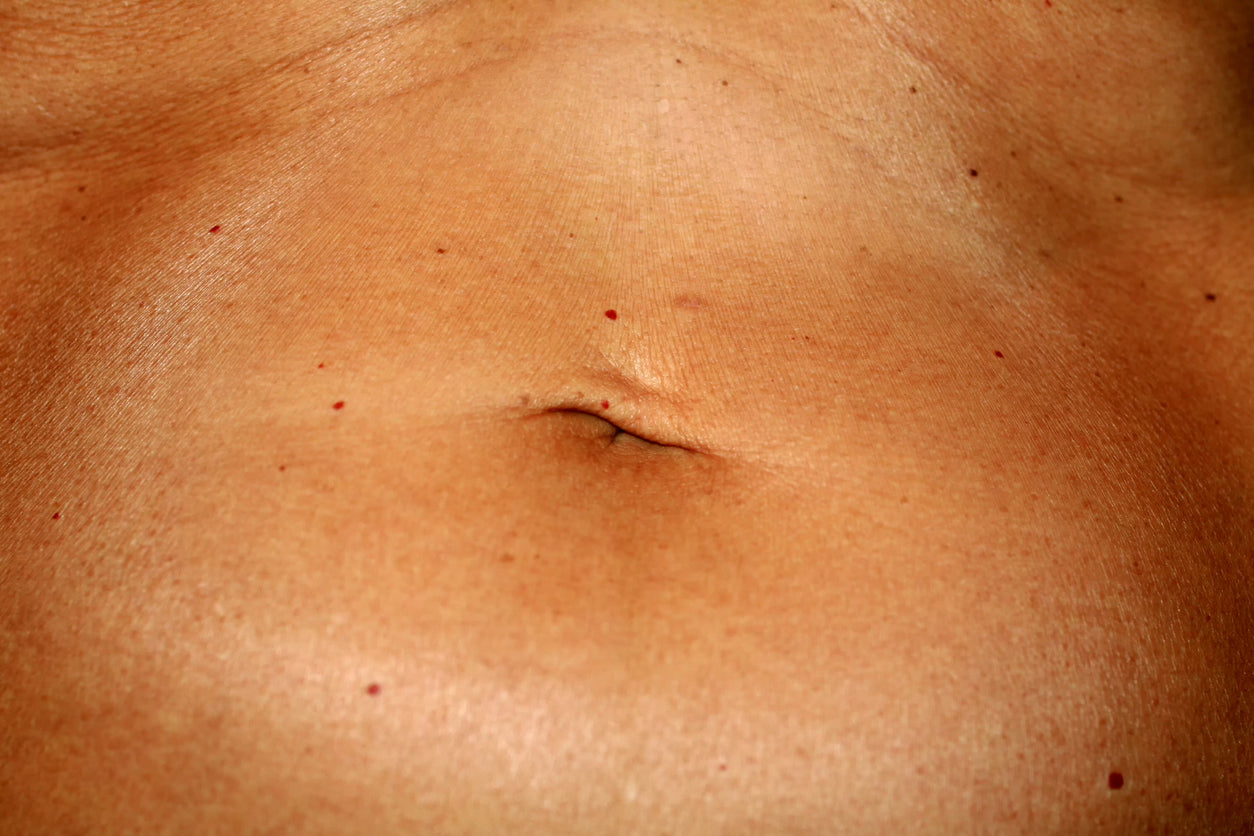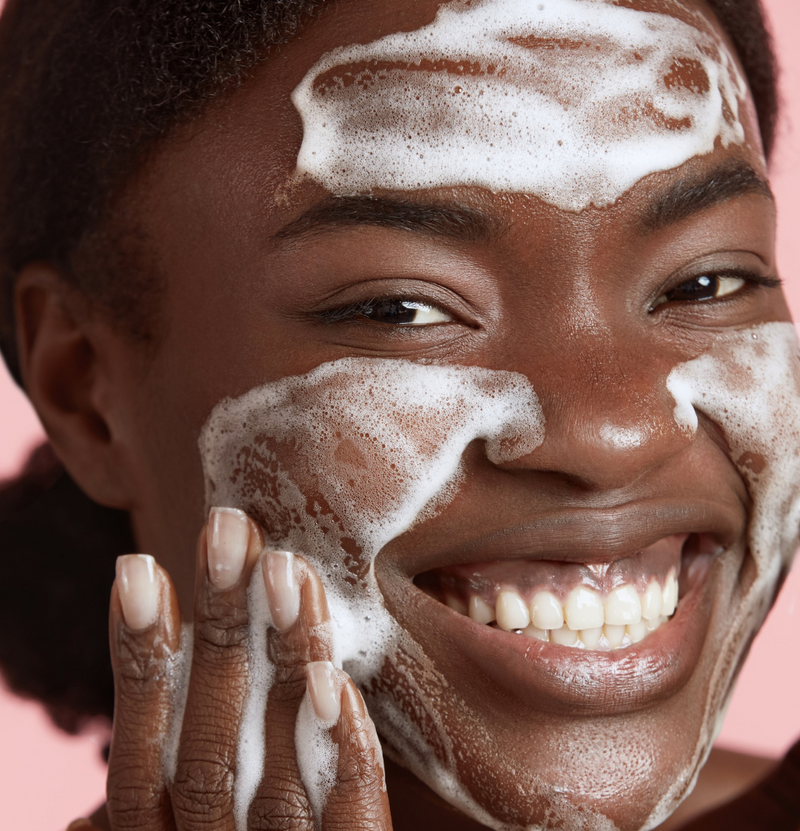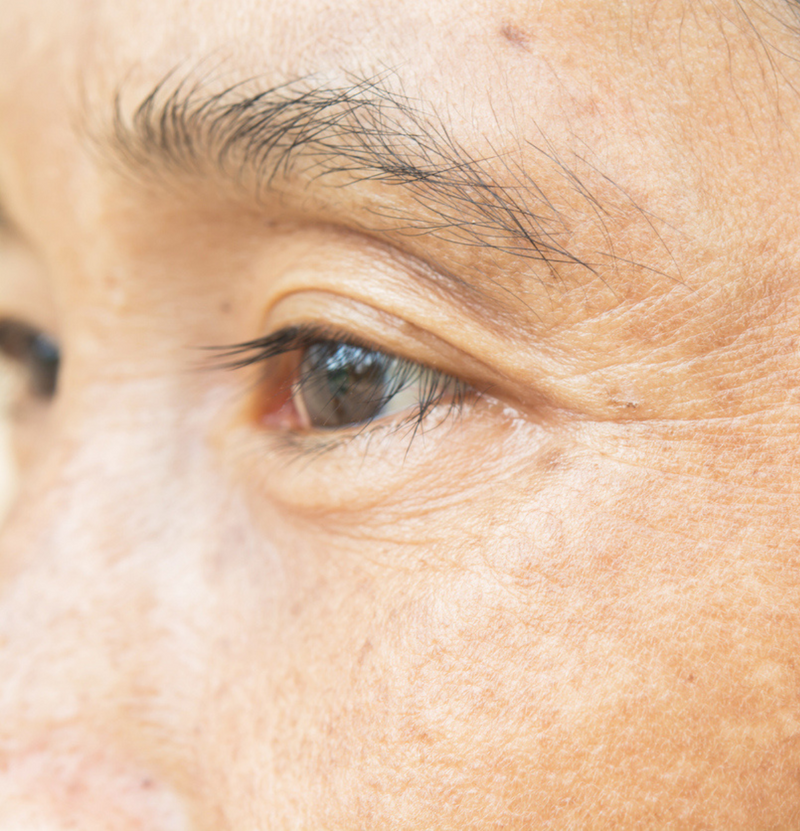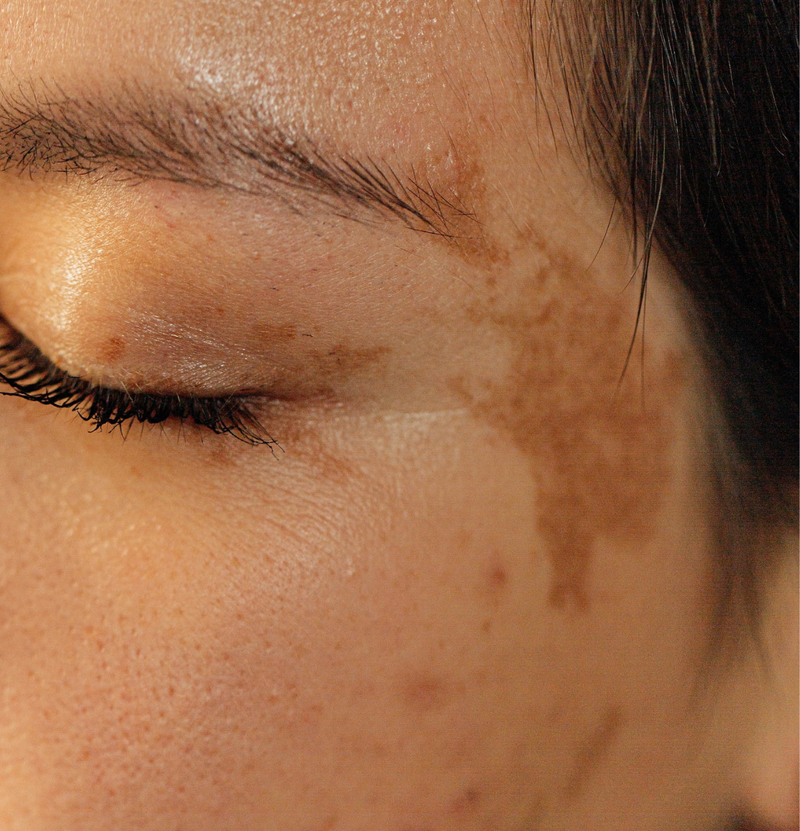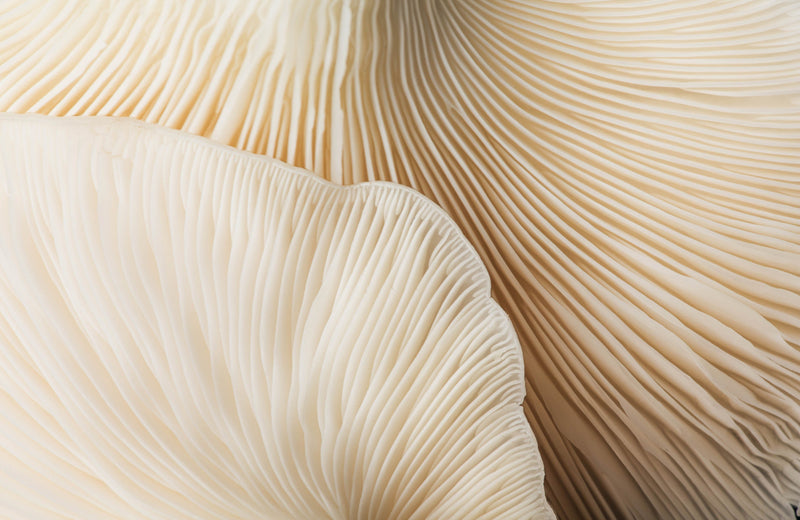Cherry angiomas are among the most common benign skin growths that people notice as they age, often small, bright red, and harmless, but sometimes bothersome for cosmetic reasons.
What Is a Cherry Angioma?
A cherry angioma is a small, bright red to purple bump on the skin made up of clusters of tiny blood vessels (capillaries). They are usually round, smooth, and range from pinpoint size to several millimeters in diameter. While typically found on the trunk, they can appear anywhere on the body.
Most people start developing them in their 30s or 40s, and the number tends to increase with age. They are noncancerous and rarely cause symptoms unless irritated or injured, in which case they may bleed.
What Causes Cherry Angiomas?
The exact cause of cherry angiomas isn’t fully understood, but several factors are thought to contribute:
- Aging: Incidence increases with age.
- Genetics: They tend to run in families.
- Hormonal changes: Pregnancy and hormonal therapies may play a role.
- Environmental factors: Certain chemicals and toxins have been associated with their development.
- Medical conditions: Rarely, sudden appearance of many lesions may signal an underlying systemic condition or exposure to specific compounds (e.g., bromides).
How to Treat Cherry Angiomas
While cherry angiomas don’t require treatment unless there is cosmetic concern or bleeding, there are several effective methods available.
-
Light-based therapies, including pulsed dye laser (PDL), potassium titanyl phosphate (KTP) laser, intense pulsed light (IPL), argon laser, and Nd:YAG laser, have all demonstrated effectiveness in the treatment of cherry angiomas.
-
PDL is the preferred treatment modality for treating vascular lesions like cherry angiomas due to its precision, minimal adverse effects, and good tolerability.
-
KTP, PDL, and IPL can be effective but should be used cautiously in individuals with darker skin tones due to the higher risk of post-inflammatory hyperpigmentation (PIH).
-
The Nd:YAG laser, which emits a longer wavelength, penetrates deeper into the dermis and has a lower risk of causing hyperpigmentation, making it a safer choice for darker-skinned individuals.
-
-
Non-laser therapies, including sclerotherapy, cryotherapy, shaving, and electrocautery, are also viable treatment options. They are often more cost-effective than laser procedures but may result in minor damage to surrounding tissues and carry a slightly higher risk of scarring, particularly in sensitive or cosmetically important areas.
